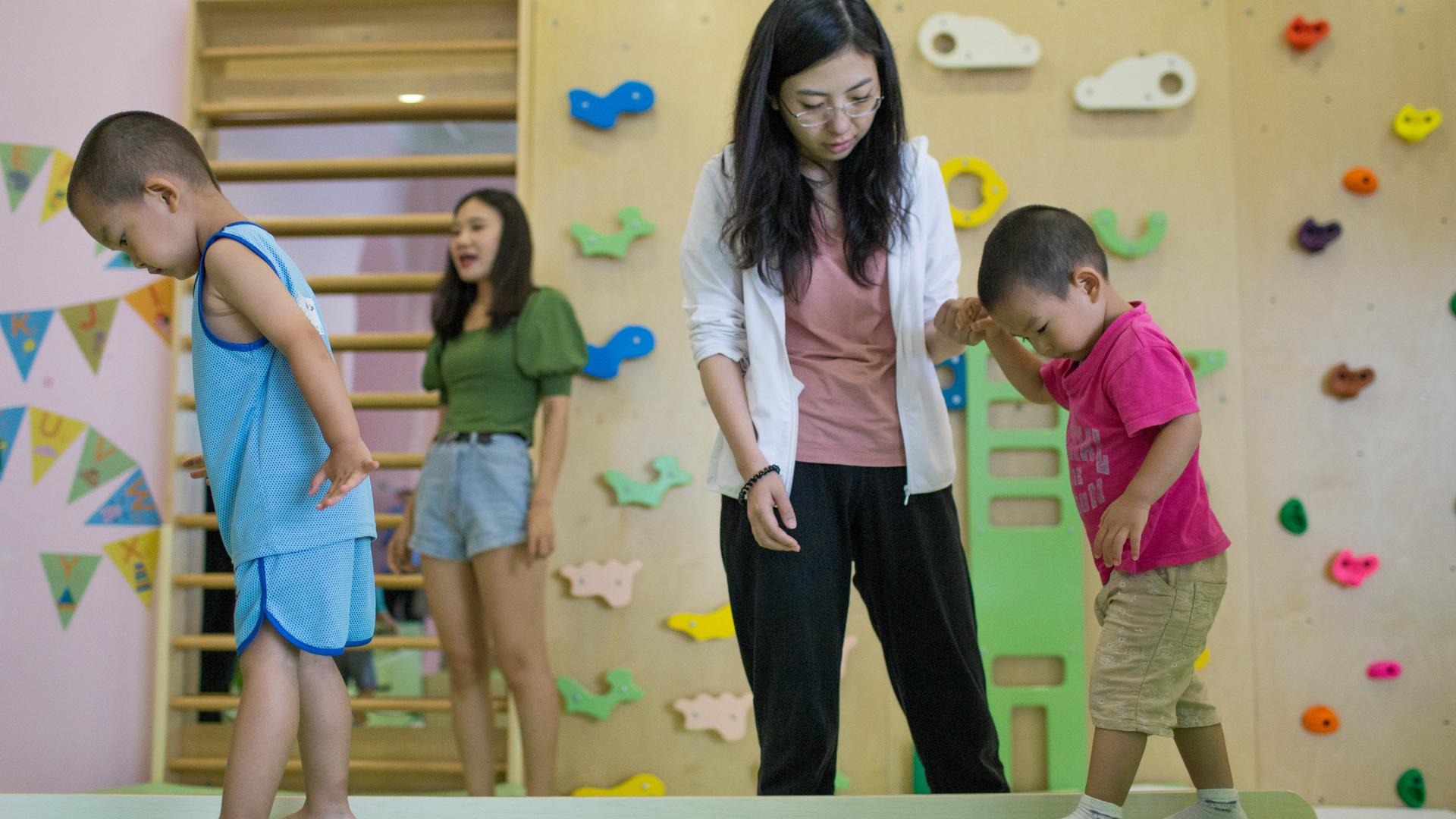China’s Gen X moms turn to IVF in desperate quest for a second baby
Mothers play with their children on July 22, 2019, at Little Oasis, an early education center and indoor playground with branches around China.
For decades, China’s one-child policy limited women to one child. In 2016, China introduced the two-child policy and now, older mothers are racing against their biological clocks to have another baby — with high emotional stakes.
A search in Chinese on Baidu — China’s Google counterpart — for “test-tube baby” yields fruitful results. Websites describe the in-vitro fertilization process. Hospitals in Russia and Thailand advertise their services. Women detail their IVF experiences on community forums.
That’s where Katherine, who asked her Chinese name be omitted, found herself as a last attempt to get pregnant at the age of 43.
For years, Katherine’s fertility prospects, age aside, were limited by China’s one-child policy — a country-wide fertility program that introduced the one-child restriction in 1979 and enforced it over the next three and a half decades. The one-child policy was one prong of an economic strategy that saw unfettered demographics as a strain on development and promoted fertility control as a solution. It legally barred a generation of mothers who already had one child from giving birth again.
Related: China’s one-child policy is over, but it might be too late to fix what it broke
The one-child policy backfired, contributing to a nationwide age and gender imbalance. The Chinese government transitioned to a two-child policy, officially implemented in 2016. For a cohort of women who spent most of their fertile years limited by one-child restrictions, the two-child policy opened a window to have another child that had long been closed, and for some, bolted shut.
So far, the two-child policy has not created a sustained boom. China’s birth rate remains below its replacement rate — what it needs to be to offset an aging population. If the top-heavy demographic pyramid is an indicator, Chinese women of childbearing age are not racing to give birth. There are, however, mothers Katherine’s age, who, for years under the one-child policy, were told they couldn’t have another baby, and now desperately want one.
These women face a decision to turn to assisted reproduction to get pregnant or let their biological clock tick itself to the end — a decision that comes with a heavy financial and emotional cost.
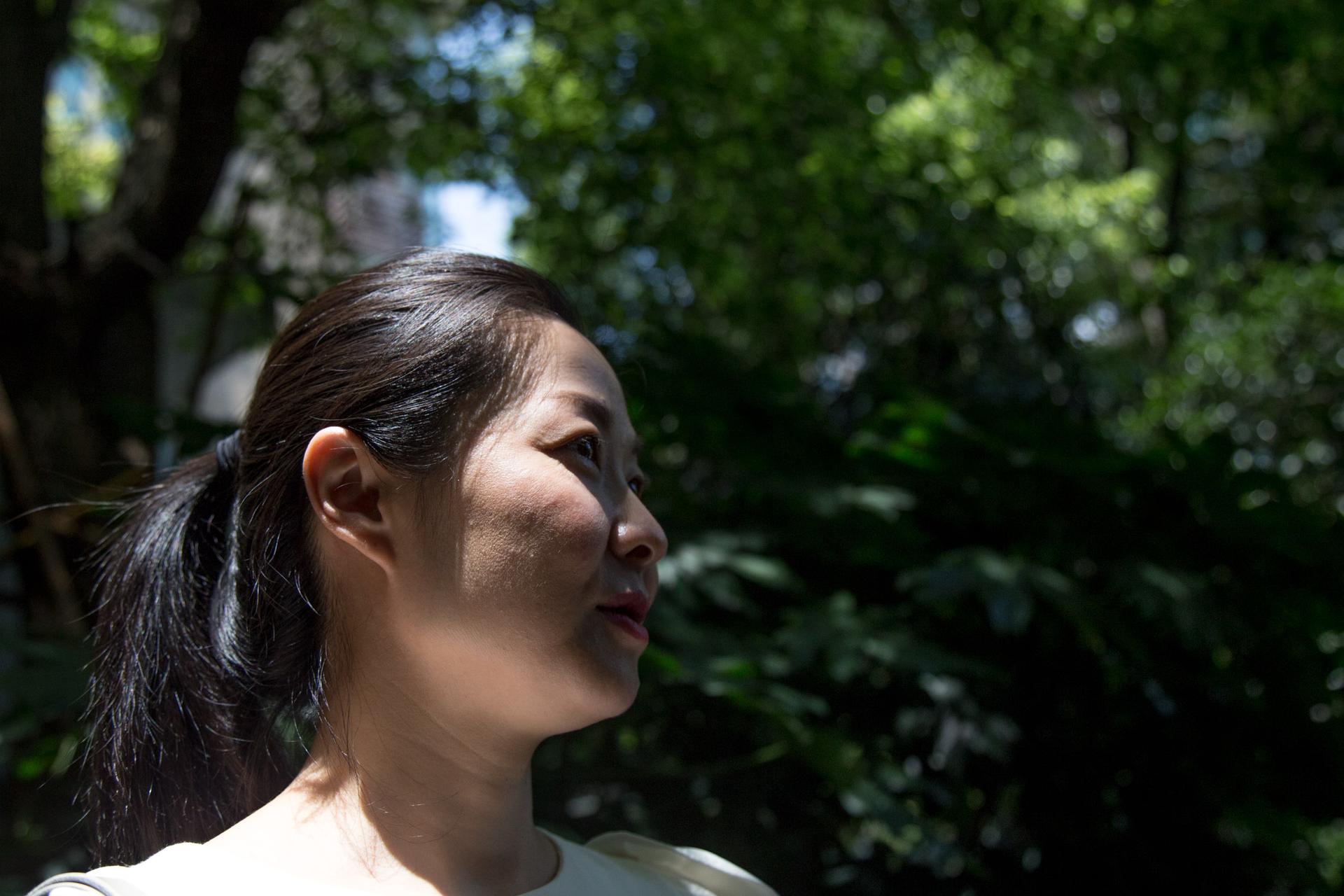
Katherine’s story
Now 46, Katherine is trim and sleek in all white, with an umbrella for refuge from Shanghai’s sun. She is a self-described busy businesswoman, an investment consultant at ease in a coffee shop in the commercial district. She lays out details of her pregnancies matter-of-factly — her biological hallmarks overlapping with family milestones, and more subtly, the country’s changing fertility policies.
Katherine was already a mother of twin boys. Like many details of the one-child policy, treatment of twin births could be enforced in degrees depending on where in China the woman gave birth. In some cases, it required paying a social upbringing fee, which, according to its official explanation, is required to offset the cost of public resources for children born illegally under family planning policies.
After her sons moved to the UK for high school and Katherine stayed in China, she started thinking about what it would be like to have another child. She fantasized about bringing the baby to visit her boys abroad.
“I never suspected my body would have problems, so I did not go to the hospital for an examination,” she said.
She gave herself a deadline: naturally pregnant by 40. Forty came around. No baby. She decided to go in for a checkup and found a problem with her fallopian tubes. Her doctor suggested she try IVF — a process that requires a woman to receive hormone injections so that her body produces multiple eggs, which are then artificially inseminated in a laboratory. Katherine was wary of assisted reproduction.
“At that time, I insisted, I did not want to do the test tube,” she said.
She and her husband believed natural pregnancy was a gift from God. She opted instead for an operation to address the problem, and a month later, at 41, found out she was pregnant.
Fifty days into the pregnancy, the doctors couldn’t detect the baby’s heartbeat and urged her to have an operation to end the pregnancy. She’d already started to miscarry and went to the hospital for a dilation and curettage procedure.
“When I went home, I would cry. I couldn’t control my tears,” she said. “My husband also cried a lot. The mood was depressed for a long time.” She was not only burned by a pregnancy that ended abruptly but was also anxious about the risk of another letdown.
She took a mixture of Chinese herbal remedies to help her body recover for eight months, while she and her husband continued trying to get pregnant. When she went in for another checkup, she learned she had adenomyosis, a problem that affects the uterus and sometimes happens to women in their late childbearing years. The doctor suggested she treat the problem with three months of contraceptives and IVF.
“You see that I am still very young, but my body has no way.”
When Katherine read the Baidu forum about a woman who had undergone IVF treatments in Japan, she felt she had nothing else to lose. “You see that I am still very young, but my body has no way,” she said. She had the financial means; she had the support, and most of all, she didn’t want to fail.
Because she had twins, even after the two-child policy came into effect while she was pregnant, she couldn’t freely give birth in China. She’d always planned to deliver the baby abroad, she just didn’t think conception would happen in a laboratory.
Second-child intentions
Peng Hongmei, a gynecologist at the People’s Liberation Army General Hospital in Beijing, said assisted reproduction is among the aftereffects of the one-child policy. When the policy first opened up, Peng saw a surge of older mothers who came to PLA General Hospital seeking IVF to contend with fractured birthing timelines created by fertility regulations.
Behind a gauzy green curtain, Peng uses an ultrasound to look for the best follicles containing immature eggs to be extracted from women who want to undergo IVF. Eggs are later mixed with sperm in a laboratory down the hall and stored in an incubator kept at a steady 37 degrees Celsius (98.6 degrees Fahrenheit) to mimic conditions inside the human body.
Doctors monitor the development of the embryos on a computer screen, then choose from the batch which embryo to insert into the woman’s uterus. Embryos that are not inserted are frozen and stored in metal canisters in a side room inside the lab. If the mother fails the first round of IVF or decides to try for another child later, they can be pulled from these containers for insertion.
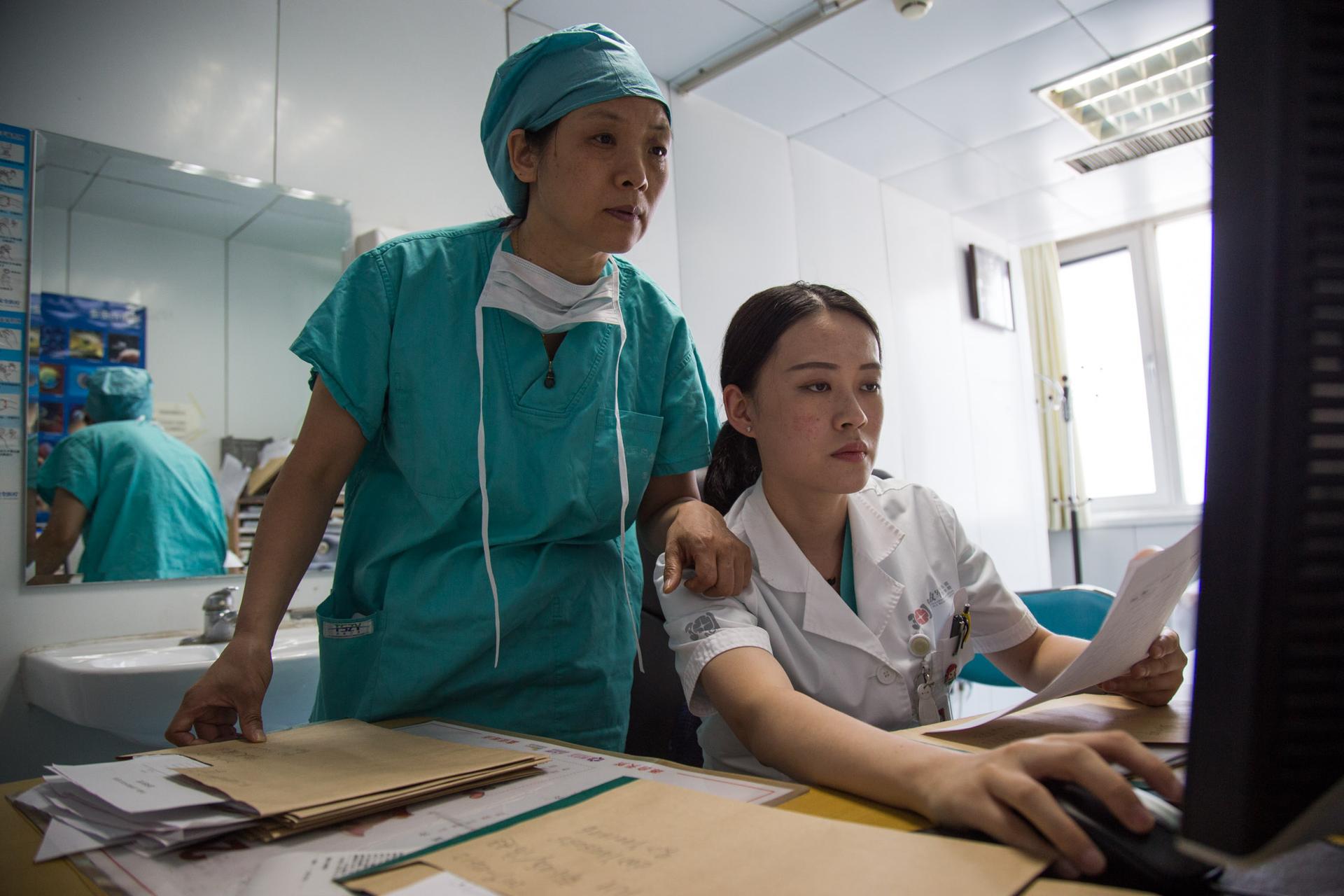
“The older they are, the more they want two kids. This is a pretty clear trend. The younger ones don’t want two kids, because they think it’s a very heavy burden.”
Peng said that demand has ebbed after the past few years of the policy, but she still estimates more than 30% of her patients come seeking assistance to have a second child, some are over the age of 40, and a few as old as 47.
“The older they are, the more they want two kids. This is a pretty clear trend. The younger ones don’t want two kids, because they think it’s a very heavy burden,” she said.
For IVF patients, the burden that goes along with having another baby is not just an economic one, but an emotional one. When the two-child policy first came into effect, Peng was among a group of doctors around mainland China who surveyed women at maternity hospitals to find out their intention to have a second child.
Related: Young, gay, and Chinese: How a new generation comes out
One of the findings of the study was that of the women who were surveyed, infertile women expressed the greatest desire to have a second child. The study also found rates of depression among the population of infertile women were higher than their fertile counterparts.
Celia Chan, associate professor in the department of social work at The University of Hong Kong, who co-authored the study, said biological urgency and infertility can create a cocktail of mental health problems abetted by family pressures, and a high-stakes environment surrounding childbirth. In addition to Hong Kong, she receives patients from mainland China who, like Katherine, seek assistance to get pregnant outside of China.
“It’s a kind of loss that people cannot articulate well. Because we look at them and we are not aware they have a loss in their life. … They cannot get social support because they didn’t disclose their problems to others.”
Both in her research and during counseling sessions, she’s seen higher rates of clinical anxiety and depression among women undergoing IVF treatments than those who give birth naturally. She said these emotional responses are most complicated among women who fail to get pregnant or those who lose the baby before it comes to term. “It’s a kind of loss that people cannot articulate well. Because we look at them and we are not aware they have a loss in their life,” she said. “They cannot get social support because they didn’t disclose their problems to others.”
In their study about intention to have another child published last year, one explanation Chan and her co-authors gave for higher depression rates among women with infecundity was something like a metaphor of the forbidden fruit for maternal instincts: Infertile women want what they physically can’t have. There’s an added layer of complexity for women who were affected by the one-child policy; they now want what they were told for years they legally shouldn’t have.
Related: Why millions of Chinese parents left their children behind
‘I’m old … I don’t have a lot of chances’
China’s fertility policies over the past three decades have made childbearing not only a personal and familial matter but one that’s guided and enforced by the state. During its time, China’s ruling Communist Party enforced the one-child strictly, often ruthlessly, with forced abortions and sterilizations for population control.
As China’s economy burgeoned through the 1990s and 2000s, the fast-paced development model in which the one-child policy was created borne an environment in which raising more than one child was impractical for many women and impossible for others. Under these conditions, some women who were focused on their education or careers delayed childbirth by choice. Other women, who already had one child, were simply following the rules.
Rules, for some, meant choosing to terminate pregnancies to avoid legal or social fallout. Liang Shuang, who was pregnant in 2015 before the one-child policy changed, had an abortion because she feared she’d lose her government job as an army doctor if she had the baby. Shuang is now undergoing IVF at 42, an age at which her chances of success are, in her doctor’s words, akin to “winning the lottery.”
Related: Before China’s one-child policy was dropped, some women had babies in secret
Wang Zhili, 44, who works as the chair of the ultrasound department in the PLA General Hospital, said the cycle of premeditation, anticipation and uncertainty from IVF is emotionally onerous. Wang was legally able to have another child before the two-child policy came into practice because her husband comes from a single child family. That regulation was a precursor to the two-child policy instituted in 2013 as an attempt to spur fertility.
Wang was also pregnant with a second child once before. It was during the busiest time in her career — she was overworked, stressed, and her health was poor. She decided to terminate the pregnancy early — which has weighed heavily on her ever since. Now that her workload is leveled out, she wants to try again, but after trying to get pregnant, she’s accepted that natural birth is an impossibility.
“The [two-child] policy opened a little late for me. … I’m old. And I don’t have a lot of chances.”
Had the one-policy changed years early, she said she might have done things differently; tried for a second baby soon after her first child was born, and never thought about using IVF to get pregnant. “The [two-child] policy opened a little late for me,” she said.
That makes the stakes that much higher. “Because I’m old. And I don’t have a lot of chances.”
Wang is surrounded by expectant mothers in her job — most of whom are much younger than she is and many who got pregnant naturally. Her attitude about the procedure is one of guarded optimism. She knows she might fail; she’s willing to try. But she also describes the process — including nearly a month’s worth of daily hormone injections — as grating.
What’s more, she doesn’t feel she can talk about openly about it with many people, not even with her parents.
“All of these things I’ve embedded in my heart. It’s not a good thing, I think. And I couldn’t tell a lot of people in my department,” she said.
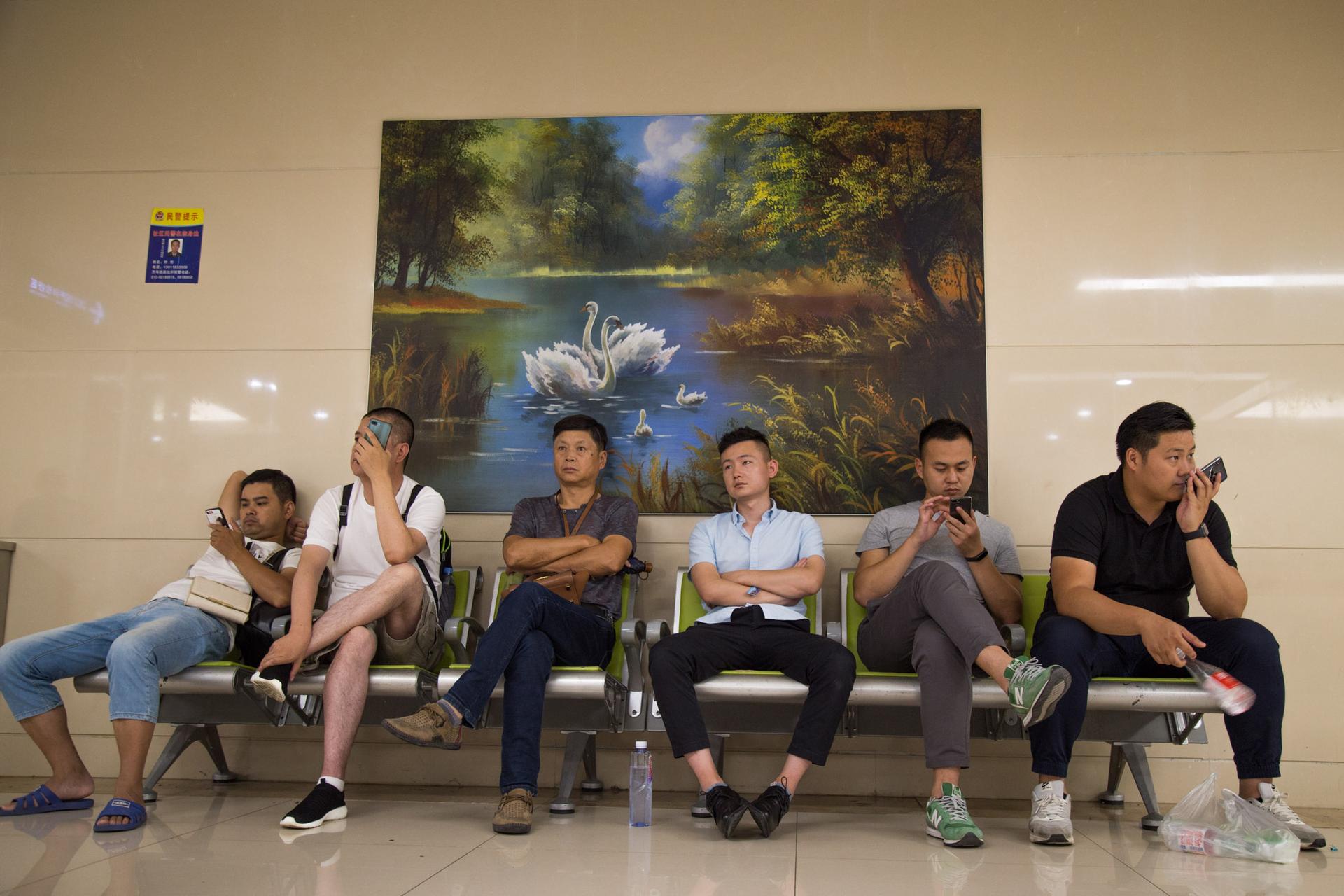
Li Rong, chair of the department of obstetrics and gynecology at Peking University Third Hospital, said the consequences of repeated failure can be damaging for both individuals and couples. PKU Third Hospital one of the most well-known assisted reproduction centers in the country, and the birthplace of China’s first test-tube baby in 1988.
PKU Third Hospital is a place where mothers come if they’ve failed the first time they tried IVF, or sometimes, repeatedly. Li said over 60% of her patients come to the hospital from outside Beijing — mostly from around China’s northeast and as far away as Tibet. Since there’s no cutoff age for assisted reproduction services in China, mothers could attempt the procedure at any time. The hospital will not give IVF treatments to women if the baby’s father is over age 65, because they feel that advanced age limits the man’s ability to take care of the child.
When older mothers come to her clinic, Li said she requires a more in-depth consultation with her team of doctors. She also requires that husbands join their wives to discuss the cost — between 20-30,000 RMB per cycle ($2,900- $4,400) — since IVF is not covered by insurance in China. Another part of that consultation is to inform couples about the high probability they won’t get pregnant.
Li said the success rate for women over 43 for IVF treatments is around 3%. If the woman is two years older, those odds decline further — with only a 1% chance of carrying a pregnancy to term by age 45. Li describes the IVF procedure as a matter of due diligence for some people: It gives them hope, it proves commitment. It could save a marriage. She strongly urges people to give up if they haven’t gotten pregnant after two rounds of treatment.
“But sometimes they don’t,” she said.
Li’s department receives between 200 and 300 IVF patients per day, and among them are those seeking help for a second pregnancy. Those who haven’t yet reached the point of no return biologically are opting for IVF to have a second child, some out of their own volition, others out of a feeling of filial responsibility. Two mothers in the waiting room, both in their 30s, describe how their avid opposition to having a second child thawed to compromise with dogged persistence from their husbands. The unifying thread among their stories is two-child policy change.
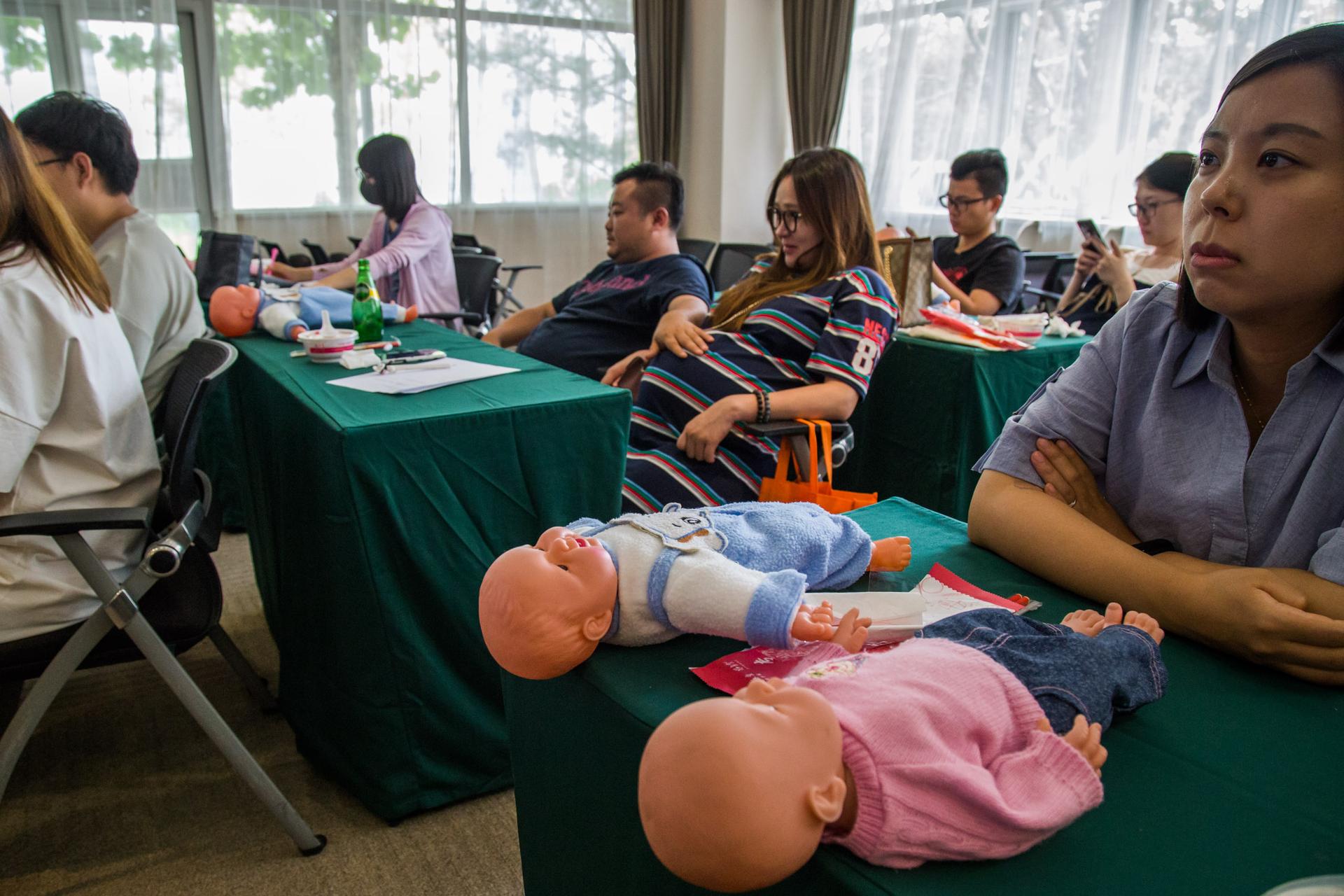
Try, fail, try again
Wang Qinhua, who runs a company to help women who want to seek IVF abroad, contends with these waning timelines every day and said the agitation is palpable from her clients, 80% of whom are older than 36. “Their mood is very anxious, they can’t be still, because firstly, the fee for going abroad is quite high, and secondly, time-wise, it is more time-consuming.”
In her Beijing office, Wang is in steady communication with women from around China who will travel to Japan and the United States at different stages of the IVF process. Some are trying to have a second child and many, like Katherine, have tried and failed before. The company’s page on Weibo, a Chinese social media site, is something of an internet cheerleading circle for women in the throes of the procedure. There are posts showing positive pregnancy tests and a live stream explaining to mothers what to expect from their procedure.
Katherine says the Chinese women in the Osaka clinic were around her same age, undertaking the same IVF gamble: small odds, a big price tag and the possibility of heartbreak. Five of her embryos survived the extraction problems. Afraid there would be a problem because of her age, she tested three of the embryos for problems with the chromosomes. One of the embryos showed a problem, the other two passed the test. “I chose one of the two, a girl,” she said.
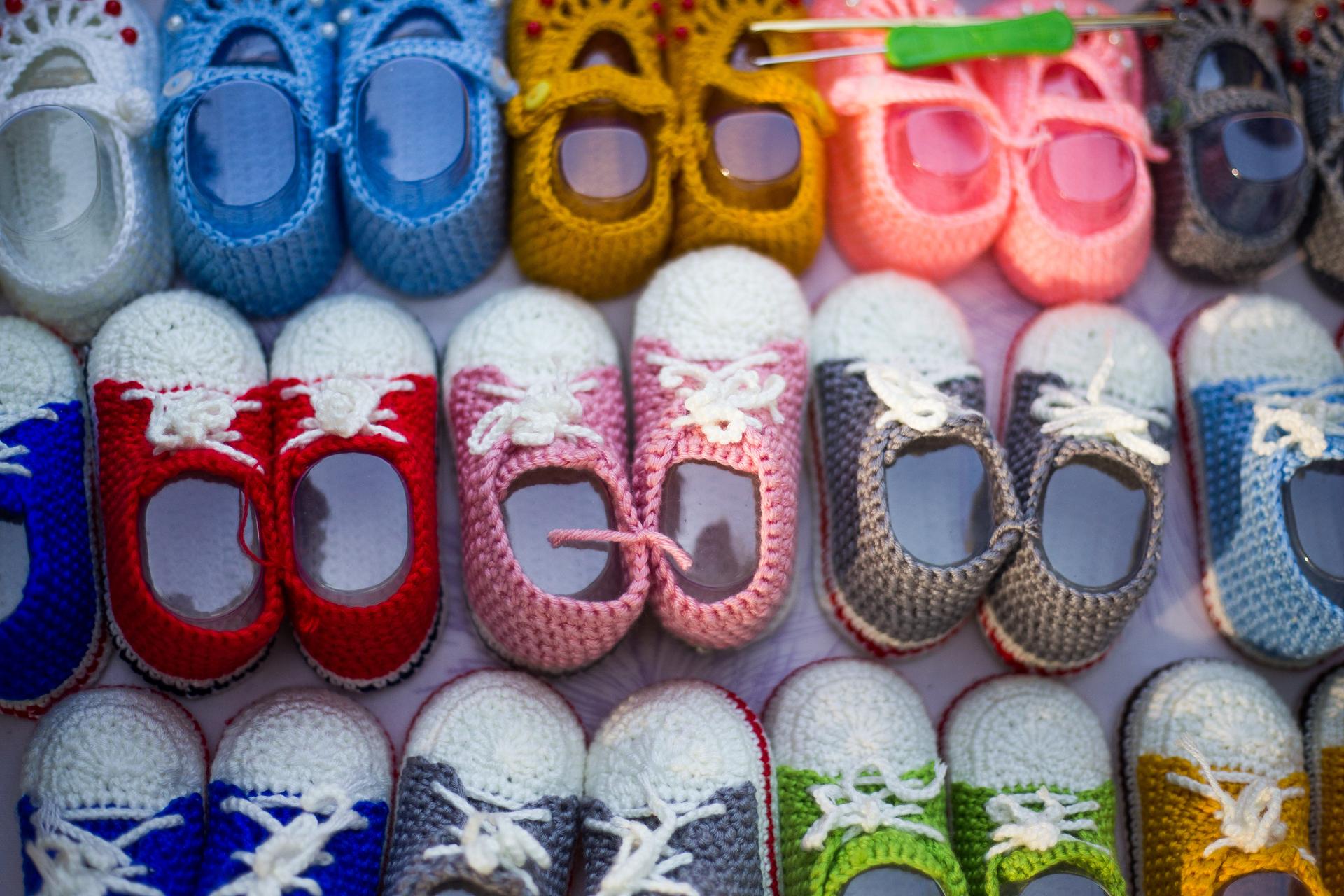
She gave birth in Los Angeles to her daughter, named Amirah, who is now almost three. Her name, from Arabic because her husband is Muslim, means princess and is fitting for the bright-eyed little girl in a lavender tutu in photos on her mother’s phone. Having a little sister is a novelty for her sons, who are 17 years older than their sister. Katherine said most of the time, it also feels like Amirah is an only child because of the large age gap.
Pregnancy the second time around was not like it was the first. Katherine wasn’t in her 20s. And she never had to contemplate telling her sons they were created inside a laboratory. When later asked over messaging if she’d divulge this to her daughter later in life, Katherine said: “I wouldn’t go out of my way to tell her. … This is no different than natural pregnancy.” Her husband doesn’t want to make her birthing method too public.
The whole process, including travel, cost Katherine and her husband around 130,000 RMB, or just over $20,000. Now, she’s started consulting other prospective mothers, partly to prepare them for the logistics of artificial conception, but also to warn them about the psychological cost. “It may be easy to do when you are young, but it is harder to get behind when you are older.”
There is also speculation that fertility policies could be further relaxed, giving leeway for parents to have three children or more.
Provincial efforts to promote childbirth are well underway. In 2016, one district in Shandong province announced a policy that would give subsidies to women who want to undergo IVF at an older age, geared toward couples with only one child who want to “realize their fertility dreams.” In 2017, a district in Jiangsu province in southeast China distributed a 2,000 RMB (around $280) allowance to pregnant women, and extended maternity leave to 180 days. In 2018, the provincial health and planning commission in Harbin, in northeast China, announced that it was allowing some families to have three children.
These policies and the potential for fertility controls to be erased completely are of little consequence for those biologically past the point of no return. For Katherine, IVF gave her a chance to be a new mother — something she didn’t think she would be again.
She wants mothers who waited to get pregnant, by choice, or by law, to know they can, too.
“They have the ability to race against time.”
This work was supported by a grant from the International Women’s Media Foundation. Additional reporting by Jaime Chu.
